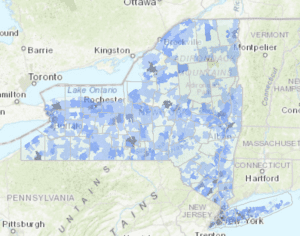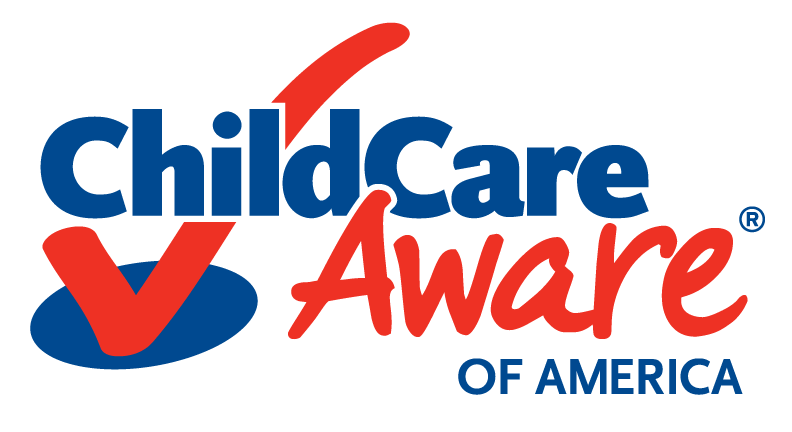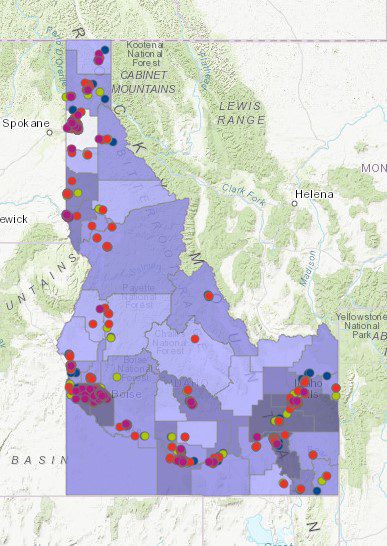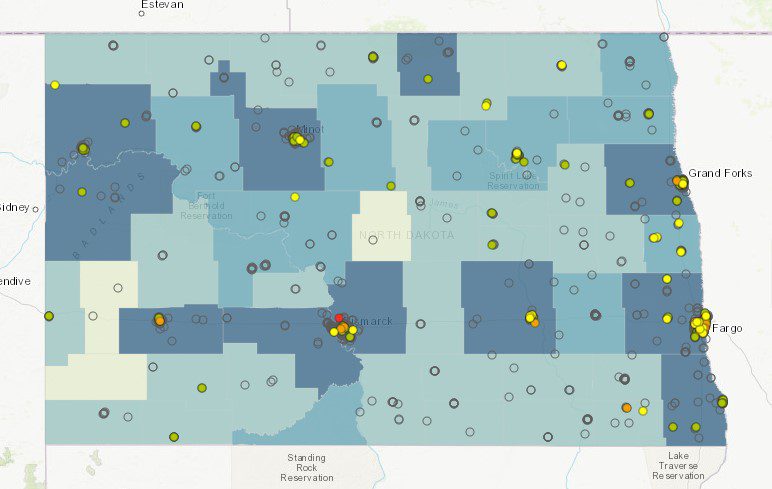
States face various challenges directing precious resources to ensure accessibility to quality child care. Child Care Aware® of America partners directly with state child care leaders, using GIS technology, to share their unique stories about child care supply and demand and access to healthy child care programs via customized state story maps.
What is a story map?
A story map combines both maps and text to help users interpret what they are seeing. Each story map tells a unique story about access to child care programs in the states we have worked with. Our story maps layer information about child care provider location, child care supply and demand, participation in programs like CACFP and CCDF subsidy, food access, family poverty, and more.
How can I use this?
That’s up to you to decide! We encourage you to look at the data, play with the maps and consider some of the strategies for change or policy recommendations included in the maps. If you would like additional information or are interested in mapping the child care gaps in your state, let us know!
Mapping the Gap™
Mapping the Gap in Idaho – Check out this map for special analysis of child care supply and demand in Boise, ID – the fastest growing city in the United States.

Mapping Infant-Toddler Gaps in New York – In New York, 70% of infants and toddlers don’t have access to licensed child care in their community.
Mapping the Gap in North Dakota – Across North Dakota, only a third of children under age 13 have access to licensed child care.
Mapping Infant-Toddler Gaps in Alaska – Only 18% of infants and toddlers (1 in 5) have access to licensed child care.
Mapping Infant-Toddler Gaps in Delaware – In the Wilmington, Delaware suburbs, 50% of infants and toddlers have access to licensed child care, even with a recent increase in the number of new child care programs.![]()

Mapping Infant-Toddler Gaps in Arizona – In Mohave County, Arizona, only 7% of infants and toddlers have access to licensed child care.![]()
Mapping Infant-Toddler Gaps in Hawaii – Of the more than 35,000 licensed child care slots in Hawaii, only 11% are available to infants and toddlers.
Mapping the Gap in Massachusetts – Working families in Massachusetts do not have access to licensed child care, particularly during nontraditional hours.![]()
![]()
Mapping the Gap in New Hampshire – Two out of five children in working families in New Hampshire does not have access to licensed child care while their parents are at work.
Mapping the Gap in Minnesota – Minnesota faces a child care deficit of more than 80,000 licensed child care slots.
Mapping Resources
Interested in Mapping Your State?
Child Care Aware® of America is committed to partnering with states to support their work and help them meet CCDBG requirements. These innovative story maps influence national discussions about child care and can be used as a tool to advocate for high-quality, affordable child care. Contact us to learn more about state-based mapping opportunities.












